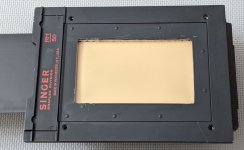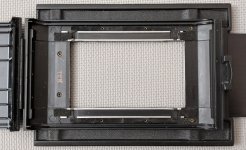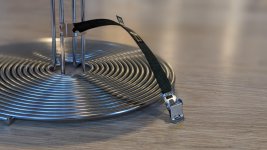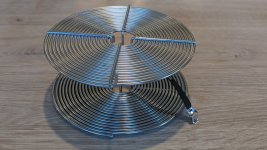Nokton48
Veteran
I have another question: when you load the bulk film into cassette in the dark, how do you measure the length of the film? For example: 24 exposures (about 64" including leaders I guess, like 220). Do you have any DIY device to keep track of the length of film loaded?
Yes sixty-four inches will just fit onto a modified Paterson reel. I took a wooden yardstick, and cut it down to thirty-two inches. Then I used blue painters masking tape, to attach the yardstick to the front edge of the formica table which I use for film loading in my darkroom. I roll out thirty-two inches, and roll it up on the plastic 70mm spool. Then I unroll another thirty-two inches of film stock, and finish by winding it onto the spool. When you attach the film to the spool DON"T use tape, use the silver spring clip that should come with the 70mm cassette. You can damage your film back if you don't allow the film to detach itself and wind into the receiver cassette at the end of the roll.
In their instructions for the A70 Hasselblad recommends using a loading table, and a wooden rule to properly measure out the film stock. I've been doing that and it works well. I've also used Brett's method and that works well too 🙂













